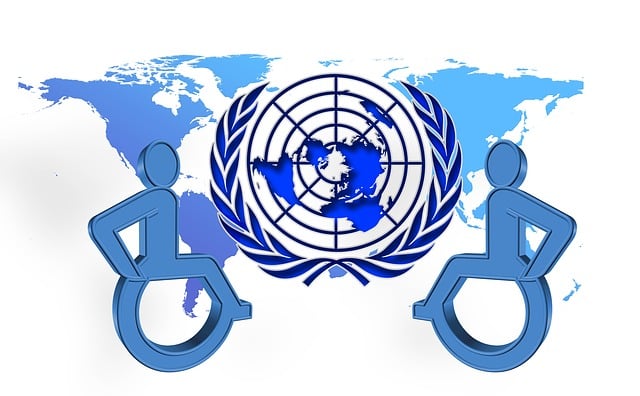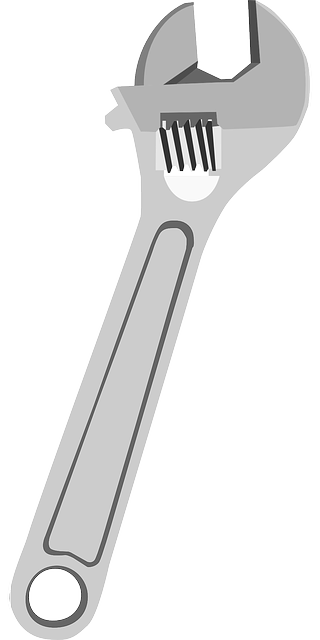After a car crash, long-term chiropractic rehabilitation is crucial for comprehensive recovery. Chiropractors address structural issues like spinal misalignments and muscle strains that may not be immediately apparent but cause lasting pain. Through gentle adjustments, tailored sessions, and education on posture and lifestyle changes, chiropractors help reduce pain, improve mobility, and promote healing. This holistic approach, often combined with psychological interventions, addresses physical, emotional, and cognitive aspects of recovery, enabling individuals to regain independence and prevent future injuries.
After a car crash, comprehensive rehabilitation is essential for full recovery. This article explores the vital role of long-term chiropractic care in addressing the physical and emotional aftermath of such traumatic events. We delve into the step-by-step rehabilitation process, highlighting techniques to enhance healing and prevent future injuries. Understanding these aspects empowers individuals to navigate the road to recovery effectively post-wreck.
- Understanding Long-Term Chiropractic Care After a Car Crash
- The Rehabilitation Process: Steps and Techniques for Recovery
- Tips for Effective Healing and Preventing Future Injuries Post-Wreck
Understanding Long-Term Chiropractic Care After a Car Crash

After a car crash, many victims turn to chiropractic care for recovery and pain management. Long-term chiropractic rehabilitation is often required to address the complex nature of injuries sustained in such accidents. These injuries can include spinal misalignments, muscle strains, and nerve damage, which may not be immediately apparent but can have lasting effects if left untreated.
Chiropractors play a vital role in managing these long-term issues by providing gentle adjustments to the spine and surrounding joints. Regular sessions can help reduce pain, improve mobility, and promote healing. The rehabilitation process is tailored to each individual’s needs, focusing on not just the physical aspects but also educating patients on posture, ergonomics, and lifestyle changes to prevent future injuries. This holistic approach ensures that individuals affected by car crashes can regain their independence and return to their daily lives with reduced reliance on pain management techniques.
The Rehabilitation Process: Steps and Techniques for Recovery

The rehabilitation process after a car crash is a critical component in ensuring comprehensive recovery for individuals who have suffered injuries. This journey typically involves several steps and techniques designed to address physical, emotional, and cognitive aspects affected by the accident. Initially, medical professionals will assess the extent of injuries, which may include fractures, whiplash, or internal damage. Depending on these findings, specialized care plans can be devised, often incorporating long-term chiropractic rehabilitation for conditions like chronic pain or spinal misalignments common in car wrecks.
Chiropractic care plays a pivotal role in this process by focusing on the musculoskeletal system. Chiropractors employ various manual adjustments, therapeutic exercises, and modalities to alleviate pain, improve mobility, and restore optimal spinal alignment. This holistic approach is particularly beneficial for managing long-term effects of a car crash, ensuring individuals can regain their physical capabilities and enhance their overall quality of life. Additionally, therapists may incorporate psychological interventions to address the emotional toll of such incidents, promoting mental healing alongside physical recovery.
Tips for Effective Healing and Preventing Future Injuries Post-Wreck

Healing from a car crash can be a lengthy process, and proper care is essential to support effective recovery. One crucial aspect often overlooked is the role of long-term chiropractic rehabilitation. This type of rehabilitation focuses on addressing underlying structural issues that may have been caused or exacerbated by the accident. Chiropractors use various techniques, including adjustments, massage therapy, and exercise programs, to reduce pain, improve mobility, and restore balance in the body. Engaging in regular sessions can significantly aid in preventing future injuries and ensuring optimal healing.
To promote efficient recovery and avoid potential complications, individuals post-wreck should consider these tips: maintain a consistent rehabilitation schedule, follow the chiropractor’s advice regarding exercises and stretches, and adopt a holistic approach by combining chiropractic care with other therapies like physical therapy or massage. Additionally, staying active within safe limits, adopting ergonomic habits to support the body, and managing stress can all contribute to faster recovery and reduced risk of future injuries related to the initial car crash.
After a car crash, comprehensive rehabilitation is essential for a full recovery. Long-term chiropractic care plays a vital role in managing pain and promoting healing. By understanding the rehabilitation process and implementing effective healing tips, individuals can navigate their journey towards physical well-being. This holistic approach ensures not only the treatment of injuries but also the prevention of future issues, fostering a healthier life post-wreck.














